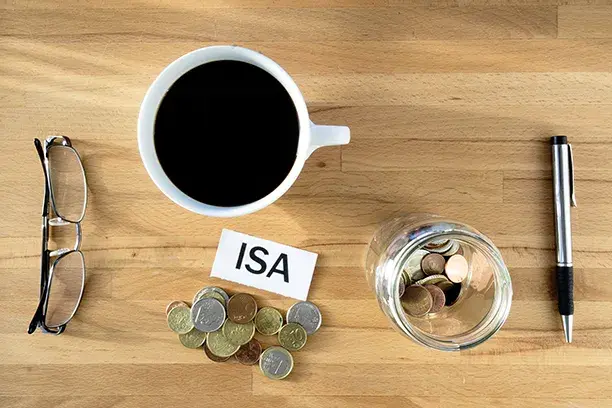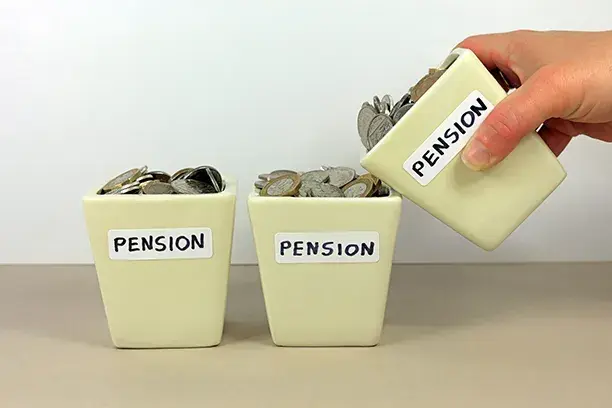Inheritance tax and estate planning
At some point, we all want to know that our family will be looked after following our passing. Estate planning gives you the peace of mind that your assets will remain with your loved ones long into the future, with all appropriate costs accounted for and your wealth preserved for those who matter most.
Did you know that most couples can pass up to a million pounds on to their loved ones when they die? However, if you have assets of over £1 million these could be taxed at 40%!
Careful financial planning can save a huge amount of tax and the earlier you start planning the more of your money will go to your beneficiaries.
Estate planning usually involves spending money and giving money away, but you need to have the confidence that you won’t run out of funds in later life. Our financial planners use cashflow modelling so that we can show you how much money you will need to maintain your lifestyle, while taking into account other potential future expenses such as care costs.
The first step in Estate Planning is to understand the allowances available to you. The nil rate band is the level above which Inheritance Tax (IHT) is payable. The nil rate band and its application may have the biggest impact upon your estate planning.
What is the nil rate band and how much is it?
The nil rate band is currently £325,000 and it is fixed at this amount until April 2026. If you have a family home, you can also benefit from the residence nil rate band (RNRB). The RNRB is currently £175,000 and to use it, you must pass your property on to direct descendants such as children (including foster, adopted or step-children) or grandchildren, but not nieces or nephews.
The nil rate band and the RNRB can both be transferred between married couples and civil partners when one spouse dies, even if they died many years ago. Any unused nil rate band is transferred as a percentage rather than a specific amount of money.
Unfortunately, the rules now get more complex… If your estate is valued at over £2 million the RNRB starts to reduce. When this threshold is exceeded, the RNRB is reduced by £1 for every £2 of value by which an estate exceeds the taper threshold. Tapering can reduce the RNRB to zero.
Making gifts
There are a number of strategies which we could employ to reduce your IHT liability. The first and most simple is to make gifts. You may already be aware that you there are annual exemptions; each year you can make a number of gifts to friends and family that will not be included in your estate, even if you die within seven years of making them. You can give away up to £3,000 in each tax year and carry over any unused allowance to the next year. On top of this you can make small gifts worth up to £250 each to as many people as you want each tax year - although you can't combine a small gift with the annual exemption and give some people £3,250.
You can also make gifts to friends and relatives who get married or become civil partners. Each parent can give their child up to £5,000, grandparents and other relatives can give up to £2,500 and anyone else can give up to £1,000.
Gifts that are part of your normal expenditure, for example Christmas and birthday presents, are also exempt. A gift will be exempt from IHT if:
- It is part of normal expenditure of the person making the gift;
- It is made out of your income; and
- You are left with sufficient income to maintain your usual standard of living after making the gift.
There is no specific limit on the amount, nor any restrictions on who receives the gift, nor any requirement that you survive for any minimum period after the gift.
For expenditure to be treated as “normal” it must conform to an established pattern of expenditure. It is a subjective test – it is necessary only to be “normal” for you specifically, not for people generally. The payments can vary in amount and be to different people. However, there must be an established pattern – so a gift of a car from a grandparent to each of their grandchildren on their 17th birthday would qualify, even though each recipient receives only one gift, the amounts would vary (albeit perhaps not by much, in the interests of fairness!) and the timing of the gifts would not be regular.
The critical element though for the IHT exemption to be available is to establish the pattern. In circumstances like the above, it may be sufficient merely to show that the sequence of payments took place. However, it would be prudent to provide some documentary evidence, such as a letter to each grandchild accompanying each gift. Evidence of entry into a commitment (which may but need not be legally binding) to make regular payments should also be sufficient. Taking out a life policy with regular premiums (linked to the donor’s life) in favour of the recipient is a good example of what would constitute normal expenditure.
If you do make gifts over the annual exemptions then it’s not the end of the world; they aren’t taxed immediately but they are classed as potentially exempt, and these will mean that you have a smaller nil rate band if you die within seven years of making the gift meaning less of your estate will be passed on tax-free.
A charitable legacy
Many people choose to make charitable gifts in their wills. Although not always considered part of estate planning, such gifts can reduce the IHT rate on death from 40% to 36% if used in the correct way.
Gifts to qualifying charities are themselves exempt from IHT, whatever the value of the gift. However, if a gift to charity in a will meets certain conditions, the lower rate of 36% IHT can apply to the taxable part of an individual’s estate.
The reduced rate of 36% applies where the individual leaves at least 10% of their net estate, known as ‘the baseline amount’, to charity. In simple terms, the baseline amount is the entire estate in an individual’s sole name (not including assets held in trust, or joint assets that pass by survivorship) less debts, funeral expenses and certain IHT exemptions – such as the nil rate band, currently £325,000.
An alternative to directly gifting funds is to place assets into trust. There are a number of trust structures or investment vehicles which would allow you to retain some control over the asset. Some examples include:
- Loan Trust – This type of plan is effectively an estate freezing device. As IHT is avoided on the growth, you can continue to receive income and have access to the capital should you need it;
- Flexible Reversionary Trust - This type of trust removes the entire value of the gifted capital from the estate in seven years, however, unlike similar plans you retain potential access to the capital, capital growth and income throughout your lifetime;
- Discounted Gift Trust – This allows capital to be removed from the estate, whilst carving out an income stream for the rest of your life;
- AIM/Forest Portfolio – Investments in Alternative Investment Market shares qualify for business relief and once held for two years these investments are no longer part of an estate for IHT purposes;
- IHT service investments - these qualify for business relief as above, however, they target a steady return, typically 3% per annum with the intention of preserving capital.
For more information on how the IHT thresholds apply to you or on how you can structure gifting to limit any IHT liability please contact us.
Note: The value of units can fall as well as rise, and you may not get back all of your original investment. Advice on Tax Planning, Inheritance Tax and Trusts are not regulated by the Financial Conduct Authority. The tax treatment is dependent on individual circumstances and may be subject to change in future.
All tax bands and limits quoted are based on the 2022/23 tax year.
The content of this article was accurate at the time of writing. While information is considered to be true and correct at the date of publication, changes in circumstances, regulation, and legislation after the time of publication may affect the accuracy of the content.











